
Tongli cyclone dust collector consists of four parts: exhaust pipe, air inlet pipe, cylinder and cone. The smoke and dust enter the dust collector from the inlet with the air flow, and rotate from top to bottom along the wall of the dust collector (this air flow is called the outer vortex). After the outer vortex reaches the bottom of the cone, it rotates upward along the axis (this is called the inner vortex), and finally discharged from the discharge pipe. The inner and outer vortices rotate in the same direction. During the rotation, the smoke and dust particles move toward the outer wall under the action of inertial centrifugal force. Finally, the dust particles fall into the ash hopper along the wall of the dust collector under the combined action of air flow and gravity. When the air flow rotates downward from the top of the dust collector, the pressure at the top decreases. After reaching the top, a part of the air flow (upper vortex) will carry the dust particles and rotate upward along the outer wall. After reaching the top, it will rotate downward along the discharge pipe and be discharged from the discharge pipe. The air intake mode of the dust collector is divided into tangential entry (straight tangential entry, volute tangential entry) and axial entry.
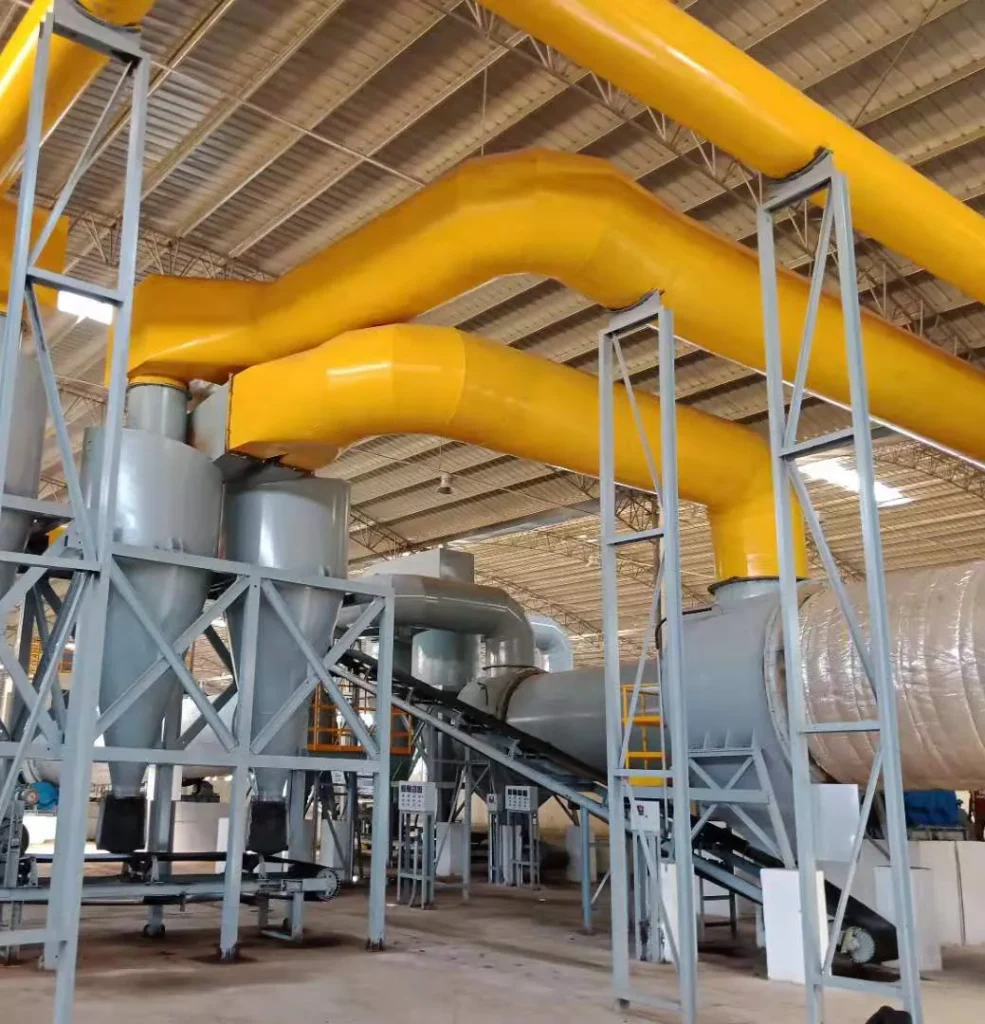
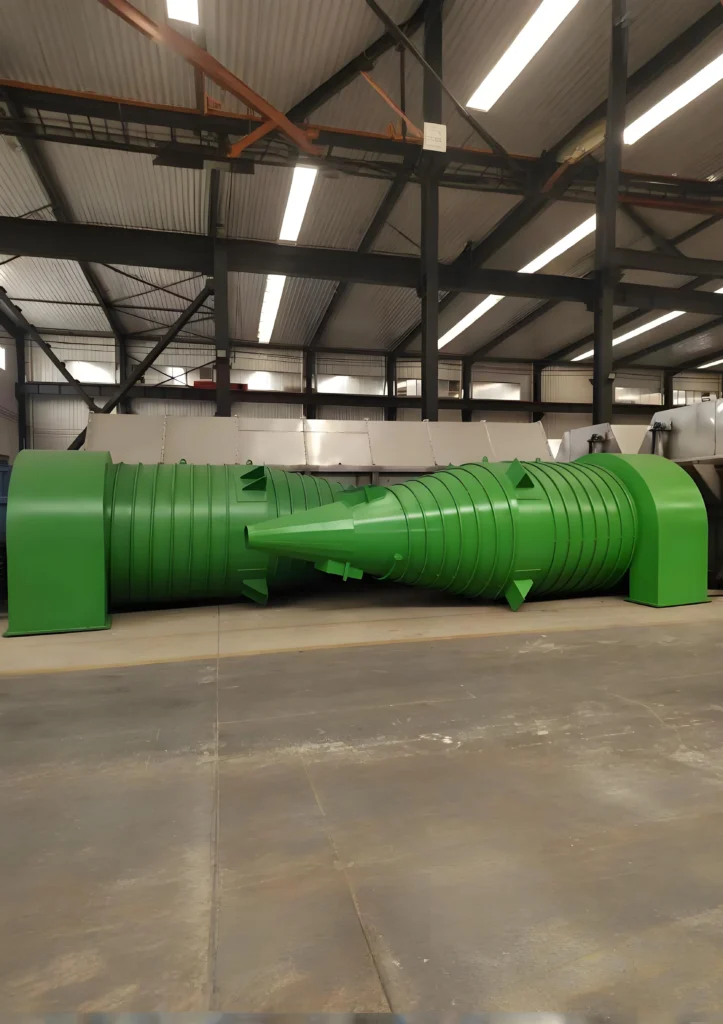
Efficient Cyclone dust collector Solution
A MACHINE YOU CAN DEPEND ON!
Cyclone dust collectors are known for their efficient airflow design and high-temperature and corrosion-resistant materials. Their dust removal efficiency is as high as 85%-95%. Using an eccentric air inlet design, the air flow forms a vortex, which significantly enhances particle separation capabilities. It can be used in combination with cloth bags or electrostatic precipitators to pretreat large particles, reduce the burden on subsequent equipment, and improve the overall efficiency of the system.
Tongli cyclone dust collector uses high temperature and corrosion resistant materials, such as stainless steel or wear-resistant alloys, to meet the treatment needs of high temperature and corrosive gases.
The reasonable design of the inlet and exhaust port ensures smooth airflow and reduces airflow resistance. The air inlet is usually designed as an eccentric air inlet, and the airflow gradually forms a vortex during the rotation process, which enhances the separation of particles.
Cyclone dust collector can be used in combination with bag dust collector, electrostatic dust collector and other equipment. Usually used as a pre-stage equipment in the dust removal system, pre-processing larger particles in the gas, reducing the burden on other equipment and improving the dust removal efficiency of the overall system.
| Model | Inlet Air Speed 12 (m/s) Air Flow (m³/h) | Inlet Air Speed 15 (m/s) Air Flow (m³/h) | Inlet Air Speed 18 (m/s) Air Flow (m³/h) |
| XFCC300 | 670 | 830 | 1000 |
| XFCC400 | 1180 | 1480 | 1780 |
| XFCC500 | 1860 | 2320 | 2780 |
| XFCC600 | 2670 | 3340 | 4000 |
| XFCC700 | 3630 | 4540 | 5440 |
| XFCC800 | 4750 | 5940 | 7130 |
| XFCC1000 | 7990 | 10000 | 12000 |
| XFCC1200 | 11600 | 14600 | 17500 |
| XFCC1500 | 17000 | 21260 | 25500 |
| XFCC2000 | 30000 | 37800 | 45300 |
| XFCC2500 | 47300 | 59000 | 70900 |
| XFCC300X2 | 1340 | 1660 | 2000 |
| XFCC400X2 | 2360 | 2960 | 3560 |
| XFCC500X2 | 3720 | 4640 | 5560 |
| XFCC600X2 | 5340 | 6680 | 8000 |
| XFCC700X2 | 7260 | 9080 | 10880 |
| XFCC800X2 | 9500 | 11880 | 14260 |
| XFCC1000X2 | 15980 | 20000 | 24000 |
| XFCC1200X2 | 23200 | 29200 | 35000 |
| XFCC1500X2 | 34000 | 42520 | 51000 |
| XFCC2000X2 | 60000 | 75600 | 90600 |
| XFCC2500X2 | 94600 | 118000 | 141800 |
A cyclone dust collector is a widely used gas-solid separation device designed to capture dust particles generated during industrial processes. It operates by directing dust-laden gas through a tangential inlet, creating a spiral airflow. As the gas rotates along the inner wall of the cylindrical body, centrifugal force pushes larger dust particles toward the outer wall.
These particles then lose kinetic energy and fall into the dust hopper due to gravity, where they are discharged. The separated gas, now containing fewer particles, rises through the center of the spiral and exits via the top exhaust pipe. This system is highly effective in separating larger particles from the gas stream.
However, finer dust particles are harder to capture. The effectiveness of separation depends on various factors such as the size of the particles and the operational parameters of the system, including the speed of the airflow and the design of the cyclone.
The efficiency of a cyclone dust collector is largely determined by the velocity of the airflow. A higher velocity strengthens the centrifugal force, improving separation efficiency. However, if the velocity is too high, it can increase energy consumption and cause the particles to resuspend. Larger particles are more easily separated, while fine dust may escape the collection process.
The geometric design of the cyclone, such as the diameter of the cylinder and the cone angle, plays a significant role in the airflow pattern and separation. The size of the inlet also affects the speed of the gas and the collection efficiency, with a smaller inlet increasing velocity but potentially leading to blockages.
Proper sealing of the lower part of the cyclone is critical. Any air leakage could carry dust back into the system, reducing overall efficiency. Regular maintenance, including clearing accumulated dust and ensuring proper sealing, is essential for optimal performance.
To keep a cyclone dust collector functioning efficiently, it's important to monitor the airflow speed and volume regularly, ensuring that they stay within the design specifications. Regular cleaning of dust and particle buildup, especially in the discharge and hopper areas, helps maintain the separation process. Accumulated dust can severely hinder the system’s efficiency over time.
Inspect the internal parts of the cyclone, particularly the cone and inlet areas, for any signs of damage or wear. If cracks or excessive wear are found, repairs or replacements should be made promptly. Additionally, check all seals and connections to prevent air leaks, which can negatively impact dust collection performance.
It’s also important to record operational parameters, such as airflow speed and pressure, to detect performance changes. Listen for abnormal noises during operation, as this could indicate internal issues. Finally, keep the hopper and inlet pipelines clean and free of blockages, and ensure the system is operating within its specified temperature and pressure ranges.
Cyclone dust collectors have a wide range of industrial applications. In metallurgy, they are used to capture smoke and particles during processes like steel and aluminum smelting. In cement production, they control dust during grinding and mixing processes. Additionally, in the chemical industry, they manage emissions from chemical reactions, powder processing, and particle discharge in industries such as pharmaceuticals and fertilizers.
Woodworking industries use cyclone dust collectors to capture sawdust and other debris generated during wood processing. In mining, they remove dust during activities like ore crushing, screening, and grinding. Cyclones are also essential in coal mining for dust removal during extraction and processing.
Other applications include coal-fired power plants, where they control ash and dust from combustion, and biomass energy production, where they capture particles generated during biomass combustion. Cyclone dust collectors are also used in waste incineration and recycling processes to remove fine particles and ensure cleaner emissions.
Several issues can affect the performance of a cyclone dust collector. One common problem is improper airflow speed—either too high or too low—which can decrease separation efficiency. This requires adjustment to ensure optimal operation. Additionally, uneven or turbulent airflow at the inlet may reduce efficiency, so it's important to check the system to ensure even gas distribution.
Aging or damaged seals are another frequent issue, as they can cause gas leaks, reducing the system's effectiveness. Regular inspection and replacement of seals are necessary to prevent this. Dust accumulation in the hopper can also hinder performance, so it should be cleaned regularly to maintain proper operation.
Internal dust buildup can obstruct airflow and reduce separation efficiency, so frequent internal cleaning is essential. Worn or damaged internal components may cause abnormal noise, indicating the need for repairs or replacements. If emissions exceed allowable levels, it may indicate low separation efficiency or other system issues, requiring further inspection and adjustment.
Cyclone dust collectors can be affected by various climate conditions. In high-temperature environments, thermal expansion can impact the materials and structure, leading to potential leaks and instability. High temperatures may also cause gas expansion, affecting airflow speed and separation efficiency. To address this, high-temperature-resistant materials and enhanced cooling systems are necessary for stable operation.
In humid environments, moisture may lead to internal condensation, potentially causing corrosion or dust clumping. Regular inspection and anti-corrosion treatments are required, along with measures to remove excess water buildup. Windy conditions may also disrupt the cyclone's airflow, reducing its efficiency.
If corrosive gases, such as acidic gases, are present in the environment, they can damage the cyclone’s materials. To combat this, it's essential to select corrosion-resistant materials and conduct frequent maintenance checks. Optimizing the design with features such as enhanced sealing, anti-freezing systems, and additional cooling or heating elements can also help the system cope with challenging environmental conditions.
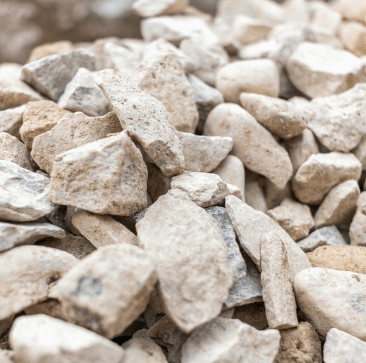
Cyclone dust collectors remove coarse particles from dryer exhaust, preparing the gas for further filtration or emission.

Separates dust and granules from the exhaust during fertilizer granulation, ensuring cleaner emissions.
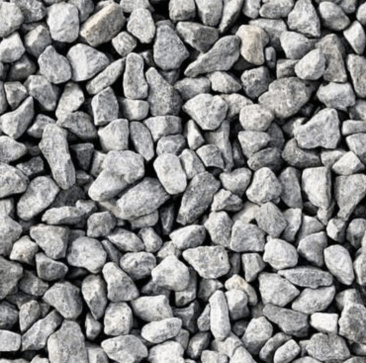
Captures large dust particles from cooler exhaust streams, protecting downstream filtration systems.
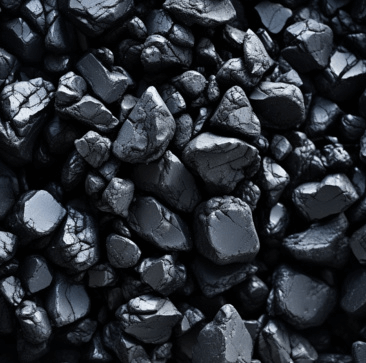
Removes ash and unburnt particles from biomass boiler exhaust gases, ensuring cleaner emissions.
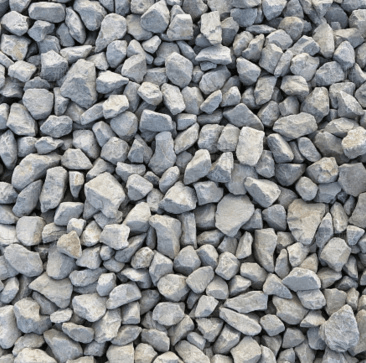
Filters abrasive dust from grinding process exhaust, protecting workers and preventing equipment damage.

Separates coal dust from air streams in coal mill operations, enhancing system safety and efficiency.
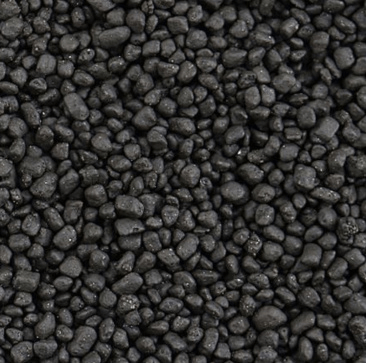
Filters wood chips and sawdust from exhaust air in woodworking processes, maintaining a clean work environment.
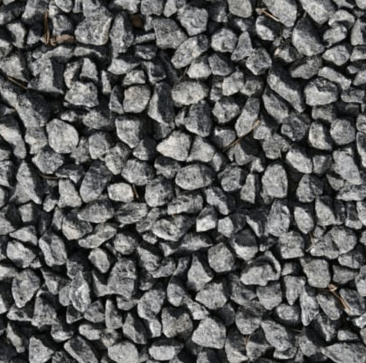
Removes coarse cement dust from kiln exhaust gases, reducing environmental emissions and equipment wear.
You can get in touch with us through the following contact information
AddressNo. 2289 Huancheng South Road, Tongxiang, Jiaxing, Zhejiang Province, China. Zip code:314500
Please fill in the sales inquiry form and our sales representatives will be in touch shortly.